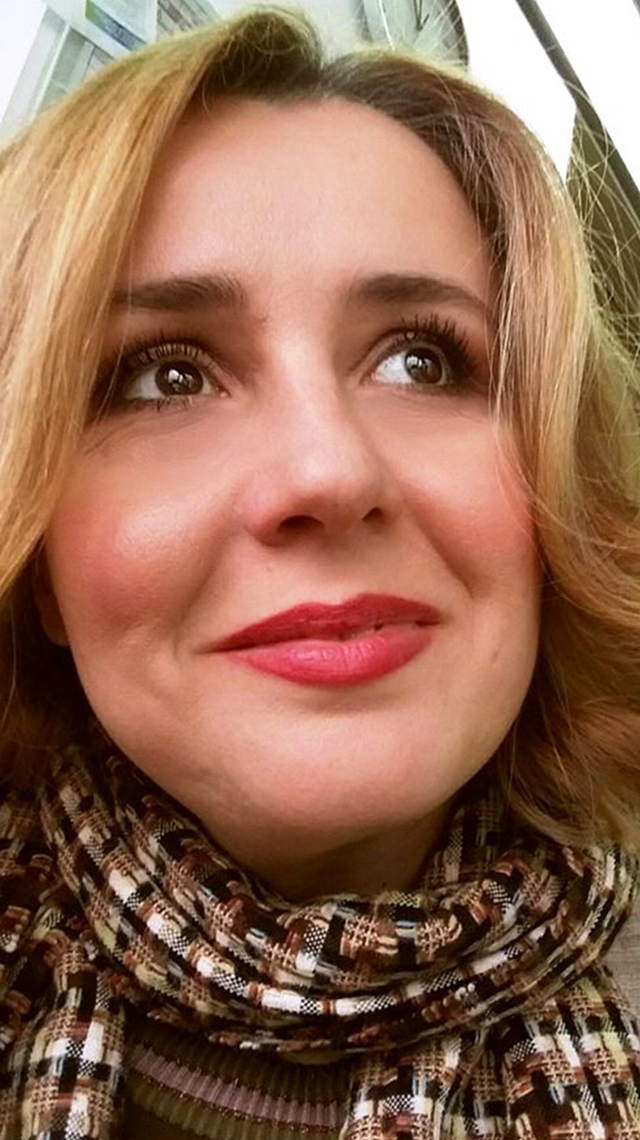“Leaders’ behaviours strongly impact safety. Leadership for safety means a continuous desire to develop and be a role model for all of one’s team members, regardless of whether one is a manager or not,” said Hasanova. “I work on the promotion of a strong safety culture and the transfer of knowledge from experienced professionals, engaging younger and women professionals and am committed to introducing new tools for human resource development across the country. This is why I participated in this course.”
“I now understand the systematic and comprehensive approach to safety, which includes technical, organizational and human factors. I learned how important it is to communicate about safety, taking into account risk perception, values, understanding and personal experience,” she continued. “We learned how to not only better understand and develop our own characteristics to be more involved, but also how to involve others and develop attitudes for safety.”
“Previously, I thought you had to be born a leader, but I now believe everyone can uncover and develop their own leadership skills,” she said. “Nothing is built in one day, but we need to get started with clear goals and great commitment to achieve them.”
The first school was held in France in 2017. In 2018, the IAEA conducted a two-day demonstration school in Russia in July, a three-day demonstration school in Argentina in December, as well as leadership schools in India and in Mexico in November.



